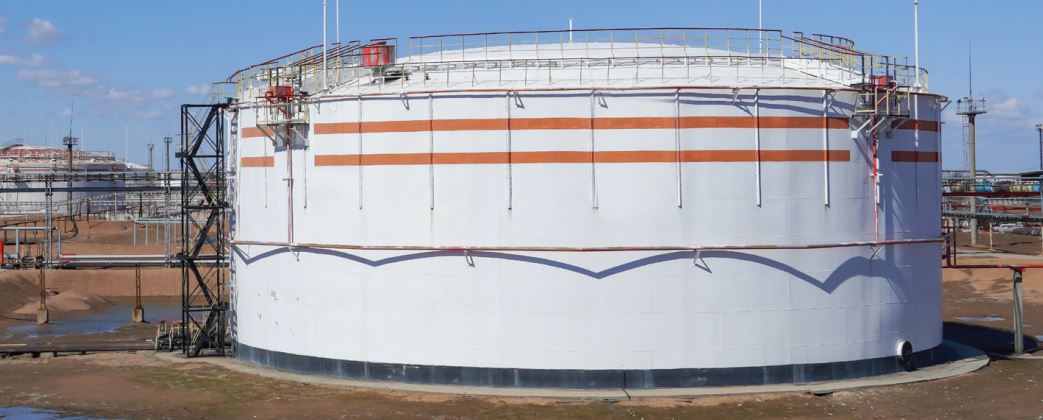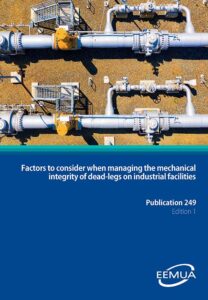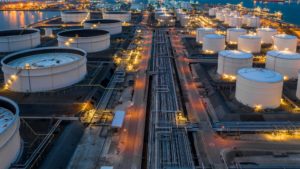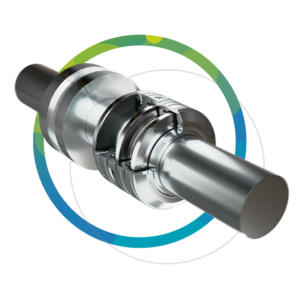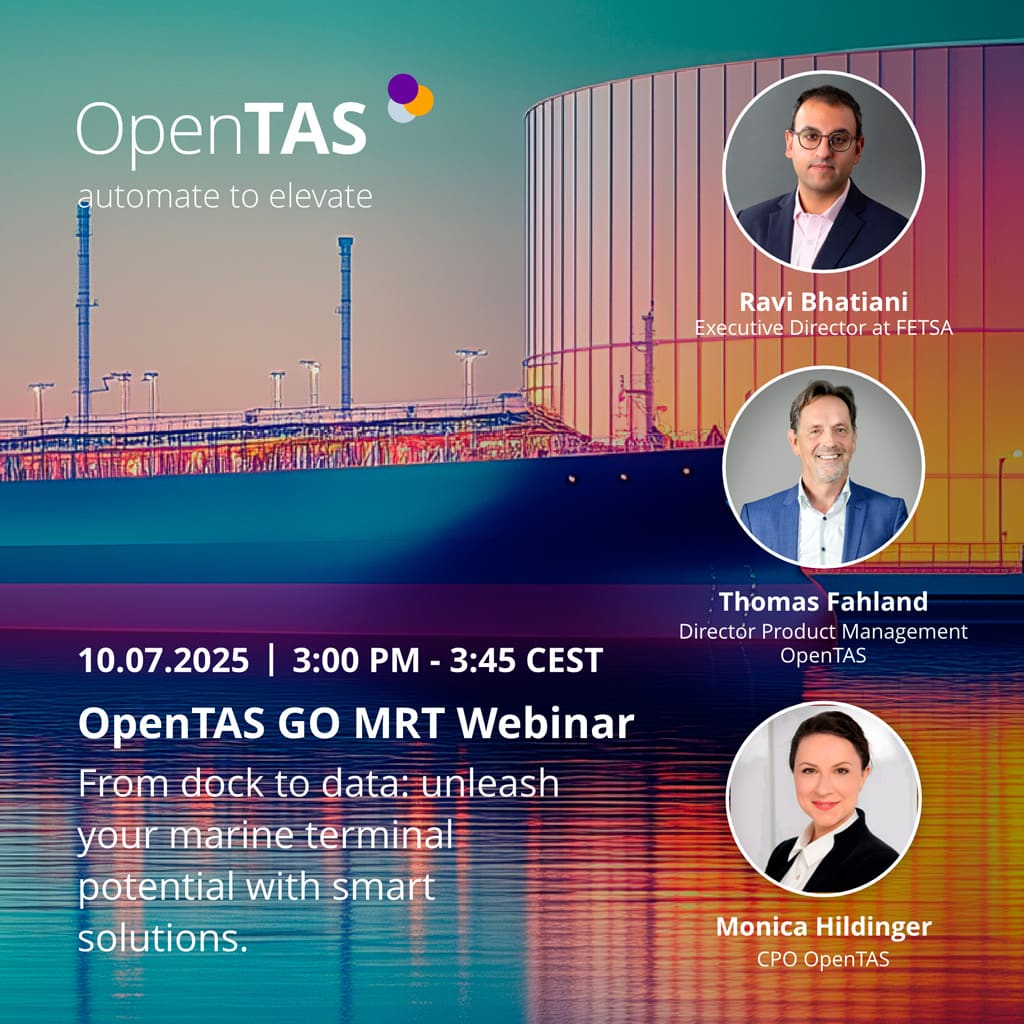Neil Chalmers from IKM Consulting runs through a new report from the Energy Institute addressing the risks of under-tank liner damage during tank floor repair
The Energy Institute’s Containment Systems Working Group (CSWG) has developed a new technical publication based on industry research, entitled Research report: The assurance of liner integrity during tank floor works on above ground storage tanks holding petroleum, petroleum product or other fuels.
BACKGROUND
Secondary containment below above-ground storage tanks (ASTs) is an established requirement for bulk storage of petroleum, petroleum products or other fuels.
In Europe, most bulk fuel storage sites are regulated under the EU Seveso III Directive (and in GB under the COMAH Regulations); smaller (sub-COMAH) sites in the UK are subject to devolved nation variants of ‘Oil Storage Regulations’, but the principle of containment integrity applies. The research report complements these regulations and associated policy requirements (e.g. COMAH Competent Authority (CA) Policy on containment of bulk hazardous liquids at COMAH establishments (‘Containment policy’) and industry integrity management technical publications (e.g. EEMUA 159 and EEMUA 183).
Under-tank liners have been increasingly installed on sites to ensure that ASTs meet containment integrity requirements by providing a secondary barrier, thereby limiting liquid flow should the primary barrier fail due to an AST floor leak.
Whilst there is published guidance covering options for improving the integrity of AST tank floors using under-tank liners (see Guidance on conceptual design, selection and life cycle assurance of products intended to improve integrity of bases of above-ground storage tanks holding petroleum, petroleum product or other fuels), there is a lack of knowledge and experience regarding the potential impact to under-tank liners during repair of AST floors that have failed an inspection.
Therefore, the research report defines good practice procedures:
- that would preserve the integrity of under-tank liners where remedial AST floor repairs are required, which otherwise would most likely damage the under-tank liner; and
- to reinstate or repair an under-tank liner that has been inadvertently damaged in this way.
PURPOSE OF THE
RESEARCH REPORT
The original remit of the collaborative technical development project was to gather information based on real world industry experience of AST tank floor repairs where an under-tank liner was present and develop a guidance note.
An information gathering exercise in the form of an industry questionnaire was issued to Energy Institute member companies and other relevant organisations (operators, suppliers, and installers) to gather data on types of tanks in use, the presence of under-tank liners, and the types of liners respondents had experience in. The questionnaire collected information on foundation types, i.e. whether the foundations flexible or rigid, and the specification and thicknesses of granular layers used in their construction.
Further questions gathered information on inspection frequency of under-tank liners and whether consideration was given to heat transfer effects from the cutting or welding of tank floorplates above newly installed liners, and whether liners had been retrofitted or installed as part of the original construction process.
One of the key questions asked whether repairs had been carried out on AST floors fitted with under-tank liners to date. The outturn was that there had been very limited repair work carried out by the respondents at the time of the questionnaire. This was attributed to most respondents not having an inspection regime for liners, and that many liners had only been installed over the past 10-15 years, and potential defects had not yet become apparent. Given this finding, the title of the publication was switched from guidance (reflecting mature knowledge) to a research report, given the limited experience to date. However, the research report still provides useful information to operators, installers, designers, and suppliers when considering the integrity of under-tank liners.
HEAT TRANSFER MODELLING
Following the results of the questionnaire, the CSWG commissioned a parallel study using finite element analysis (FEA) to assess the heat induced risks to under-tank liners from construction (placement of hot bitsand), welding and operational heat. This element forms an appendix to the research report. The following liner materials were considered in order to establish their thermal performance:
- concrete filled geotextile that hardens on hydration;
- fibreglass (GFRP);
- pre-hydrated geosynthetic clay (GCL);
- high density polyethylene (HDPE), and
- polyvinyl chloride (PVC).
Each liner material was characterised using manufacturer and publicly available data to use within the modelling process. Assumed base construction details were created using typical minimum thicknesses of bitsand, sand and hardcore.
FEA heat transfer analysis was undertaken on a number of composite base types, in agreement with the CSWG. Analysis was undertaken based on three scenarios – construction of tank foundations and floor, welding repair to floor plate, and operation of a heated tank.
It was found that during the construction stage (application of hot bitumen sand), the liners (GCL, HDPE, PVC), that had two layers on top of them were not affected from the applied temperature of 120°C. In the case of the other liners (concrete filled geotextile, GFRP) and HDPE (one layer above), where the bitumen mixture was applied directly on top of them, the resulting temperature ranges indicated that the integrity of these liners may be affected. Consequently, the addition of two layers above the liners was found to be beneficial in mitigating heat transfer to the liners.
The heat from the applied welding temperature (1,000°C) was not found to affect the liners.
In the operational stage, as expected, pre-hydrated geosynthetic clay, HDPE (with two layers) and PVC material exhibited the lowest increase in the temperature compared to the concrete filled geotextile, GFRP and HDPE liner with one layer above it.
The comparison between the different materials used as liners in petroleum sites revealed which liners offer the best thermal performance with two overlying layers (aggregate and/or sand and bitsand). The conclusion was drawn by comparing the temperatures obtained through the numerical modelling findings with limit temperatures found in relevant technical publications.
The research report provides additional detail about the vulnerability of liners to heat induced impact and the risk reduction provided by composite protection layers.
RESEARCH REPORT CONTENT
The research report provides a commentary on liner types, building on information previously detailed in Guidance on conceptual design, selection and life cycle assurance of products intended to improve integrity of bases of above-ground storage tanks holding petroleum, petroleum products or other fuels.
The research report then summarises the potential causes of damage to under-tank liners, with the aim of highlighting potential hazards for readers to consider when planning floor repair tasks. These hazards are categorised into inherent properties of the liner, installation defects, chemical, heat, climatic, mechanical and physical hazards.
An assessment of risks to the liner from tank works follows and this proposes that all parties have a thorough understanding of the risks to the liner prior to works beginning. The research report introduces a work risk matrix which identifies the potential risks from a comprehensive list of typical repair and maintenance tasks carried out on tanks. Provided along with this matrix is a risk assessment template with definitions for likelihood and consequence to aid preparation of a site-specific risk assessment. These tools are beneficial to those planning repair works on tank floors and liners.
The research report also discusses possible protection measures for liners, such as mitigations for the various hazards so as to reduce risks. It also provides guidance on repairing under-tank liners including investigation of the cause, and consideration of repair options, cost benefit analysis, operational hazards including gases and trapped liquids, and validation. Finally, the research report provides a summary of ‘lessons learned’ that considers investigation and root cause analysis of the defect, leading to potential modification of site practices and standards, and wider industry sharing.
Further reading
- Guidance on conceptual design, selection and life cycle assurance of liners intended to improve integrity of bunds to above-ground storage tanks for bulk storage of petroleum, petroleum products or other fuels – https://publishing.energyinst.org/topics/process-safety/risk-assessment/guidance-on-conceptual-design,-selection-and-life-cycle-assurance-of-liners-intended-to-improve-integrity-of-bunds-to-above-ground-storage-tanks-for-bulk-storage-of-petroleum,-petroleum-products-or-other-fuels
- Guidance on risk assessment and conceptual design of tertiary containment systems for bulk storage of petroleum, petroleum products, or other fuels – https://publishing.energyinst.org/topics/environment/guidance-on-risk-assessment-and-conceptual-design-of-tertiary-containment-systems-for-bulk-storage-of-petroleum,-petroleum-products,-or-other-fuels
- Guidance on selection, installation and management of fire resistant sealant materials and system components for secondary containment construction/expansion joints – https://publishing.energyinst.org/topics/process-safety/risk-management/guidance-on-selection,-installation-and-management-of-fire-resistant-sealant-materials-and-system-components-
for-secondary-containment-
constructionexpansion-joints - Guidance on conceptual design, selection and life cycle assurance of products intended to improve integrity of bases of above-ground storage tanks holding petroleum, petroleum product or other fuels – https://publishing.energyinst.org/topics/process-safety/risk-assessment/guidance-on-conceptual-design,-selection-and-life-cycle-assurance-of-products-intended-to-improve-integrity-of-bases-of-above-ground-storage-tanks-holding-petroleum,-petroleum-products-or-other-fuels
For more information:
Publication of the research report is expected by 31 March 2022. Once published, it will be available via the following link:
https://publishing.energyinst.org/topics/petroleum-product-storage-and-distribution/research-report-the-
assurance-of-liner-integrity-during-tank-floor-works-on-above-ground-storage-tanks-holding-petroleum,-petroleum-product-or-other-fuels
To be notified of the publication of this work (and other EI technical publications) follow the link below to subscribe to receive EI updates on new publications:
https://myprofile.energyinst.org/EmailPreferences/Subscribe
The research described herein was funded by the Energy Institute’s Technical Partners, co-funded by its Technical Company Members, and delivered through its collaborative Good Practice work programme.


